Home>Gardening & Outdoor>Landscaping Ideas>When To Remove Straw Netting From New Grass
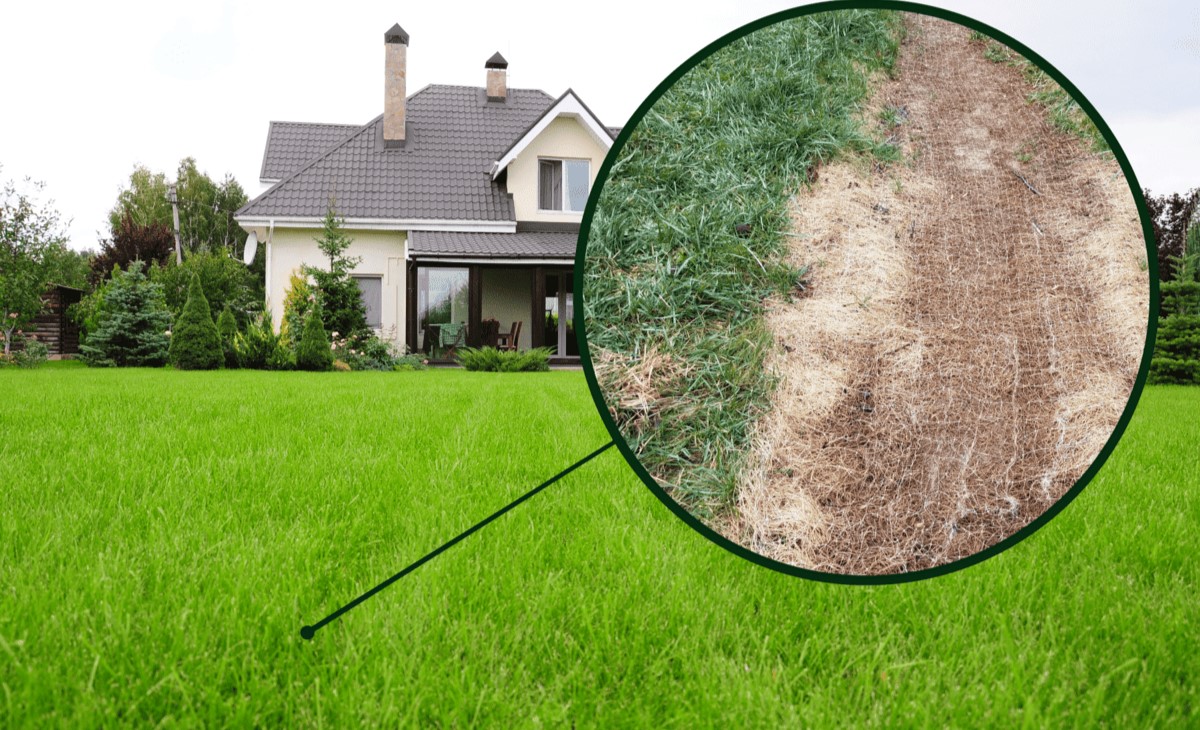

Landscaping Ideas
When To Remove Straw Netting From New Grass
Modified: May 6, 2024
Learn the best landscaping ideas for when to remove straw netting from new grass. Discover the right timing and techniques for a healthy lawn.
(Many of the links in this article redirect to a specific reviewed product. Your purchase of these products through affiliate links helps to generate commission for Storables.com, at no extra cost. Learn more)
Introduction
Welcome to the world of landscaping, where the journey of nurturing new grass is both exciting and rewarding. As you embark on this journey, you may encounter the use of straw netting, a material designed to protect and support newly seeded areas. In this article, we will delve into the significance of straw netting, the optimal time for its removal, and the benefits associated with this essential landscaping practice.
Whether you are a seasoned landscaper or a novice enthusiast, understanding the role of straw netting and its timely removal is crucial for the healthy development of your grass. Join us as we explore the ins and outs of this fundamental aspect of landscaping, empowering you to make informed decisions and achieve flourishing greenery in your outdoor spaces.
Key Takeaways:
- Protective straw netting shields new grass from erosion, wildlife, and harsh weather. Remove it when the grass reaches 3-4 inches in height to promote independent growth and a healthy, resilient lawn.
- Removing straw netting allows grass to thrive freely, enhancing air circulation, reducing weed growth, and promoting natural decomposition. This fosters a lush, resilient lawn that withstands environmental stressors.
Read more: How Long To Leave Straw On New Grass
Purpose of Straw Netting
Straw netting, also known as erosion control netting, serves as a protective barrier for newly seeded areas. Its primary purpose is to prevent soil erosion, promote moisture retention, and provide structural support for the germinating seeds. By creating a stable microenvironment, straw netting safeguards the delicate process of seed germination and early grass growth.
Furthermore, straw netting acts as a shield against the erosive forces of wind and water. It minimizes the risk of soil displacement, which can disrupt the even distribution of seeds and compromise their ability to take root and thrive. This protective layer also helps to reduce the impact of heavy rainfall, preventing the washout of seeds and ensuring their sustained contact with the soil.
Additionally, straw netting serves as a deterrent to birds and other wildlife that may be drawn to the freshly sown seeds. By creating a physical barrier, it minimizes the likelihood of seed consumption or disturbance, allowing the grass to establish itself undisturbed.
Overall, the purpose of straw netting is to create a conducive environment for successful seed germination and initial grass growth. It acts as a guardian, shielding the vulnerable seeds from external threats and providing the stability necessary for the development of a lush and resilient lawn.
When to Remove Straw Netting
The timing of straw netting removal is a critical consideration in the nurturing of new grass. While the protective benefits of straw netting are indispensable during the initial stages of grass growth, there comes a point when its removal becomes necessary to facilitate the unhindered development of the grass.
As a general guideline, straw netting should be removed once the grass has established a strong enough root system to anchor itself securely in the soil. This typically occurs when the grass reaches a height of 3 to 4 inches, signaling that it has transitioned from the vulnerable germination phase to a more robust growth stage. At this point, the grass has developed sufficient stability to withstand environmental factors without the support of the straw netting.
It is essential to monitor the progress of the grass closely to determine the optimal time for straw netting removal. Observing the density of the grass coverage and assessing the strength of the root system are key indicators. Additionally, conducting a gentle tug test on the grass can help ascertain whether it is firmly rooted in the soil, indicating readiness for the removal of the straw netting.
Weather conditions and the local climate also play a role in determining the timing of straw netting removal. In regions with milder climates and lower precipitation, the grass may establish itself more rapidly, prompting earlier removal of the straw netting. Conversely, in areas with harsher weather patterns, allowing the straw netting to remain in place for a slightly extended period may provide added protection during the grass’s formative stages.
Ultimately, the decision to remove straw netting should be based on the grass’s readiness to thrive independently. Striking the right balance between providing initial protection and allowing the grass to flourish without constraints is key to achieving a healthy and vibrant lawn.
Wait until the new grass is at least 3 inches tall before removing the straw netting. This will give the roots enough time to establish and prevent damage to the young grass.
How to Remove Straw Netting
When the time is right for the removal of straw netting, it is essential to execute this process with care to avoid causing any damage to the newly established grass. Here are the steps to effectively and safely remove straw netting:
- Assess the Grass Growth: Before initiating the removal process, carefully evaluate the height and density of the grass. Ensure that the grass has reached a height of 3 to 4 inches and exhibits a robust and well-established root system.
- Select the Removal Method: There are two primary methods for removing straw netting: cutting and pulling. Cutting the netting into manageable sections with scissors or shears can facilitate its removal without disturbing the grass. Alternatively, if the grass has firmly rooted itself, gently pulling the netting from the edges of the lawn can also be effective.
- Work Delicately: Whether cutting or pulling, exercise caution to avoid causing any disturbance to the grass. Take care not to dislodge the soil or uproot the young grass during the removal process.
- Dispose of the Netting: Once the netting is removed, dispose of it responsibly. Consider composting the straw netting if it is biodegradable, or dispose of it in accordance with local waste management guidelines.
- Monitor the Grass: Following the removal of straw netting, observe the grass closely to ensure that it continues to thrive without the protective barrier. Water the lawn as needed and provide appropriate care to support the ongoing growth and development of the grass.
By following these steps and handling the removal process with precision and attentiveness, you can safeguard the progress of the newly established grass and set the stage for its flourishing growth in the absence of the straw netting.
Benefits of Removing Straw Netting
The removal of straw netting marks a pivotal stage in the evolution of the newly established grass, unlocking a range of benefits that contribute to its long-term health and vitality. Here are the key advantages of removing straw netting at the appropriate time:
- Promotes Unrestricted Growth: By removing the straw netting once the grass has developed a strong root system, you create an environment that allows the grass to expand and thrive without the constraints of the protective barrier. This unrestricted growth fosters the development of a lush and resilient lawn.
- Enhances Air Circulation: Without the presence of straw netting, the grass enjoys improved air circulation, which is essential for its overall health. Adequate air circulation minimizes the risk of fungal diseases and promotes robust growth by facilitating the exchange of gases necessary for photosynthesis.
- Facilitates Natural Decomposition: Removing straw netting enables it to decompose naturally, contributing organic matter to the soil. As the netting breaks down, it enriches the soil, enhancing its structure and fertility, which in turn supports the sustained growth of the grass.
- Reduces Weed Encroachment: With the removal of straw netting, the grass gains the opportunity to establish itself firmly in the soil, creating a dense and healthy turf that serves as a natural deterrent to weed growth. This reduction in weed encroachment promotes the dominance of the desired grass species, fostering a uniform and visually appealing lawn.
- Fosters Resilience: The process of removing straw netting encourages the grass to strengthen and fortify itself, promoting resilience against environmental stressors and enhancing its ability to withstand varying weather conditions. This resilience contributes to the long-term sustainability of the lawn.
By recognizing and embracing these benefits, you can harness the full potential of your newly established grass, setting the stage for a thriving and enduring landscape that enriches your outdoor spaces.
Read more: Should I Use Straw When Planting Grass Seed
Conclusion
As you navigate the intricacies of nurturing new grass, the role of straw netting and its timely removal emerges as a crucial aspect of the landscaping journey. Understanding the purpose of straw netting, the optimal timing for its removal, and the benefits associated with this practice empowers you to foster the healthy and robust growth of your grass.
By recognizing the protective role of straw netting in shielding newly seeded areas from erosion, wildlife interference, and adverse weather conditions, you lay the groundwork for successful grass establishment. However, knowing when to remove straw netting is equally essential, as it allows the grass to flourish independently and realize its full potential.
Effectively removing straw netting, once the grass has developed a strong root system, marks a pivotal transition in the grass’s journey, unlocking a range of benefits that promote unrestricted growth, enhanced air circulation, natural decomposition, reduced weed encroachment, and increased resilience.
In essence, the strategic removal of straw netting sets the stage for the enduring health and vitality of your lawn, cultivating a landscape that thrives in harmony with its surroundings. By embracing the principles outlined in this article, you are poised to nurture a flourishing and resilient lawn, enriching your outdoor spaces and creating a vibrant natural haven for years to come.
Now that you've mastered the timing for removing straw netting, why not enhance your outdoor space further? Dig into our guide on creative garden fence ideas that blend function with style. Whether you're aiming for privacy or just a touch of whimsy, these designs offer fresh inspiration for every gardener seeking to refine their landscape.
Frequently Asked Questions about When To Remove Straw Netting From New Grass
Was this page helpful?
At Storables.com, we guarantee accurate and reliable information. Our content, validated by Expert Board Contributors, is crafted following stringent Editorial Policies. We're committed to providing you with well-researched, expert-backed insights for all your informational needs.

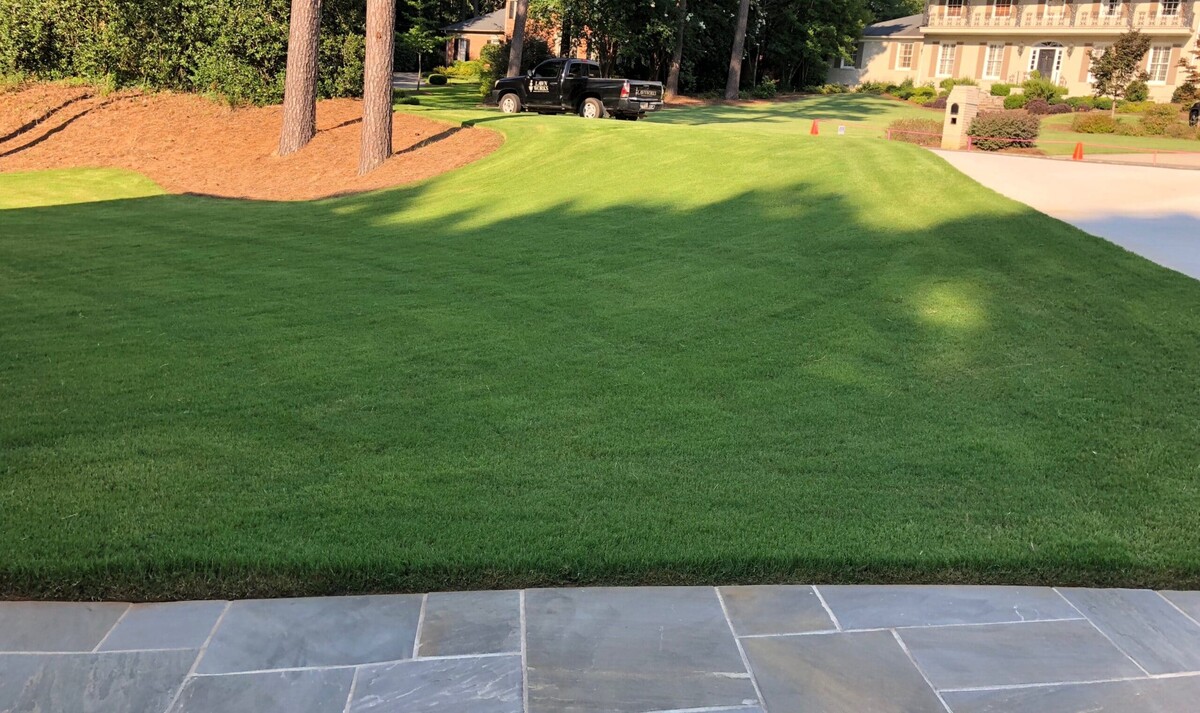
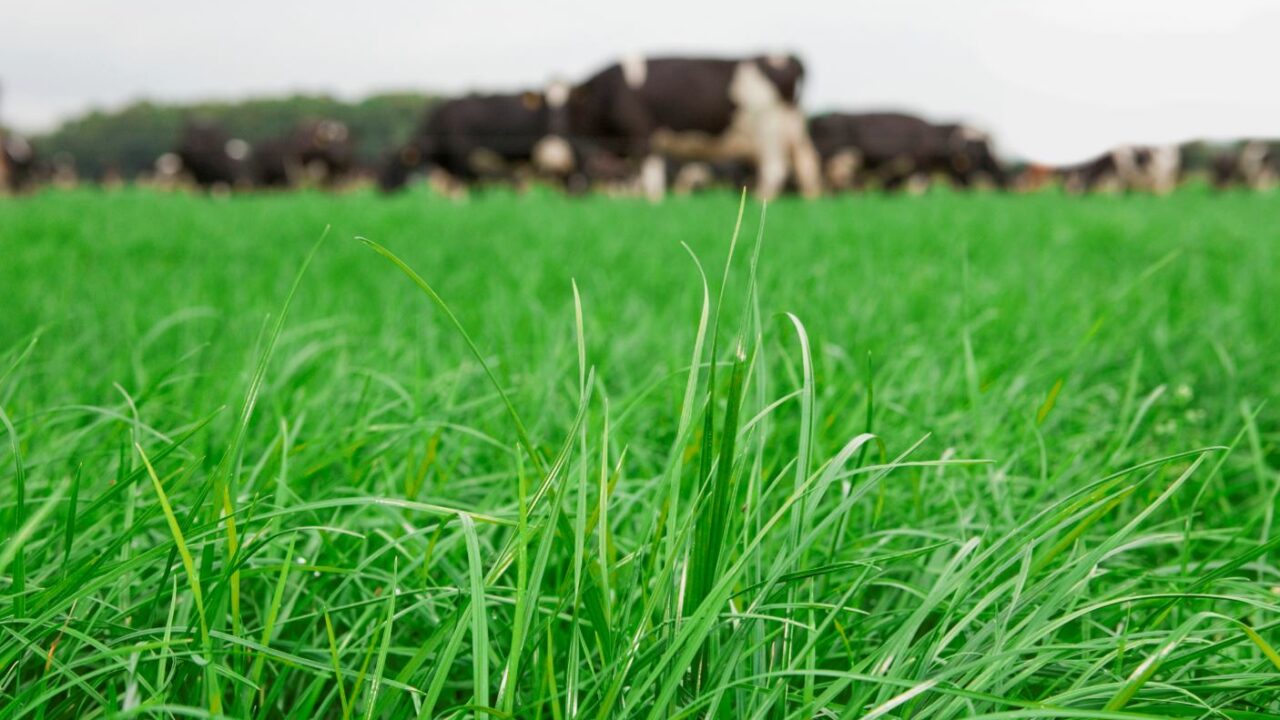
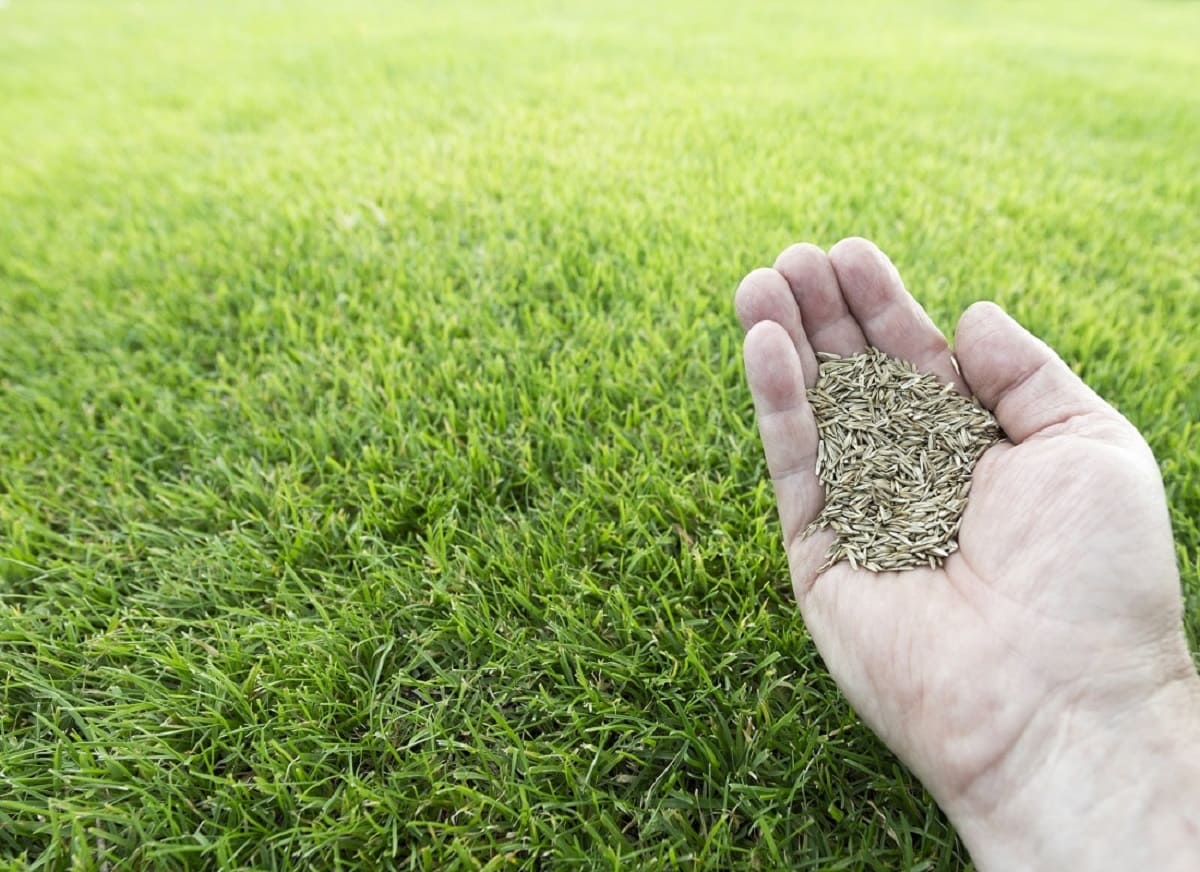
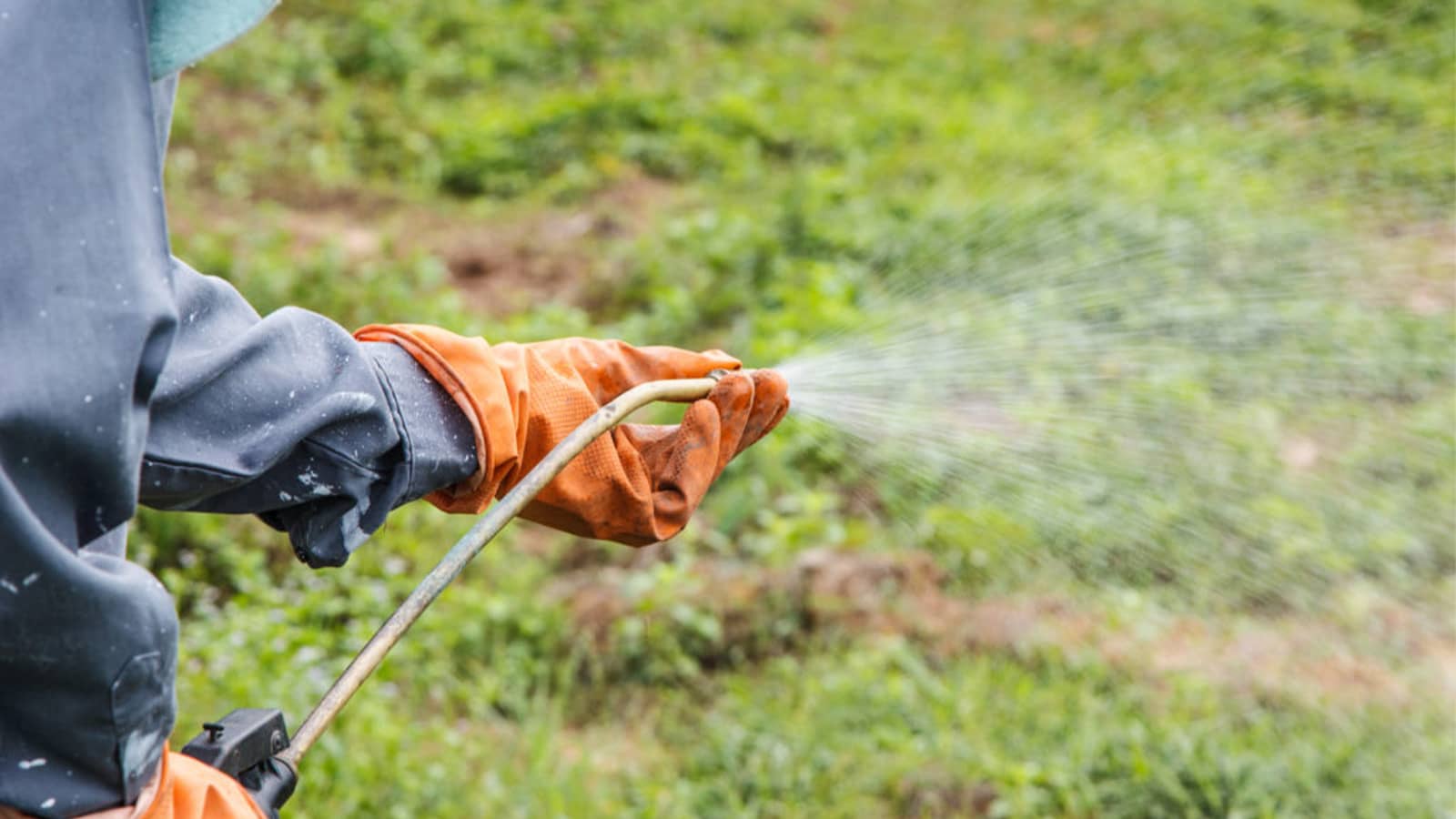
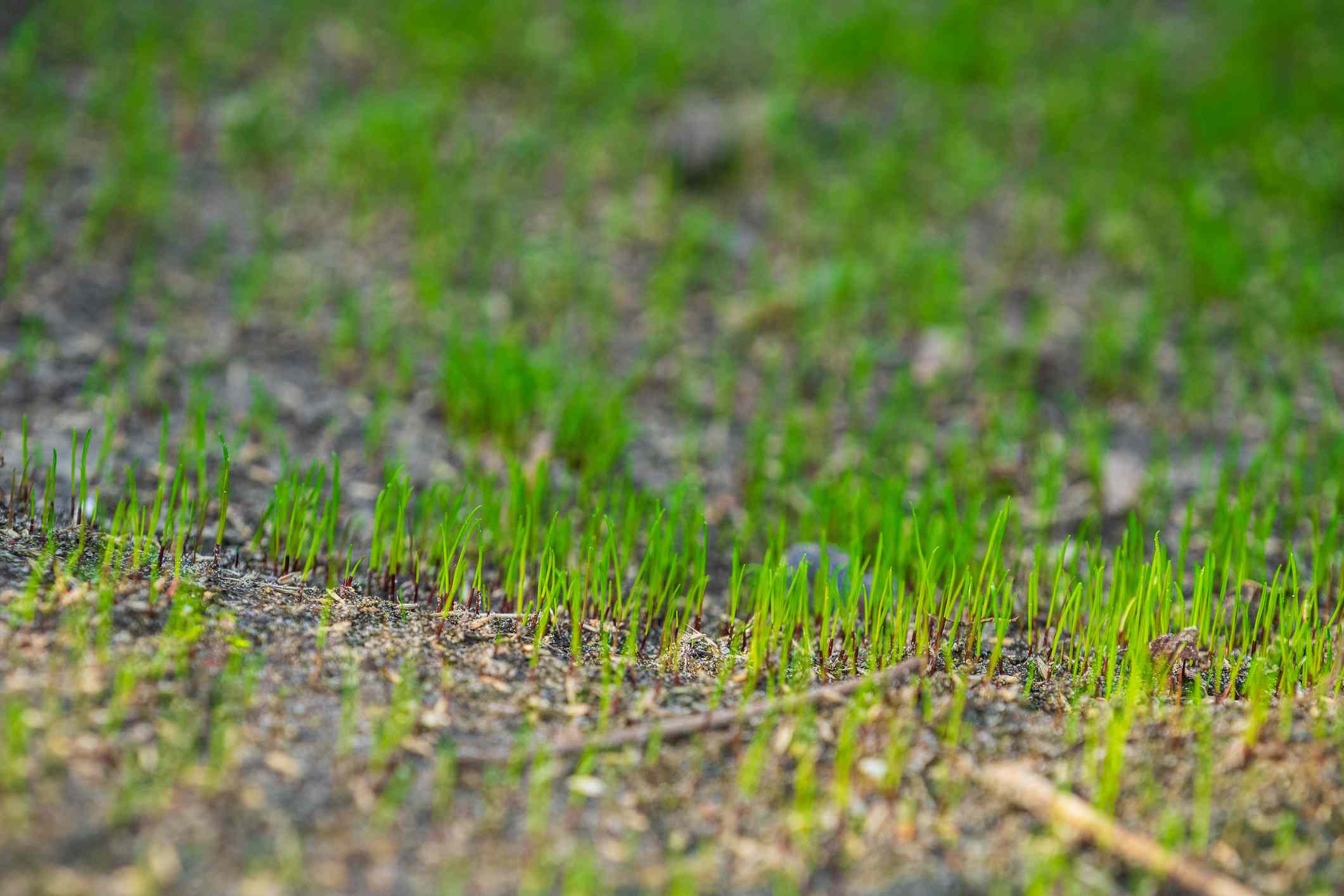
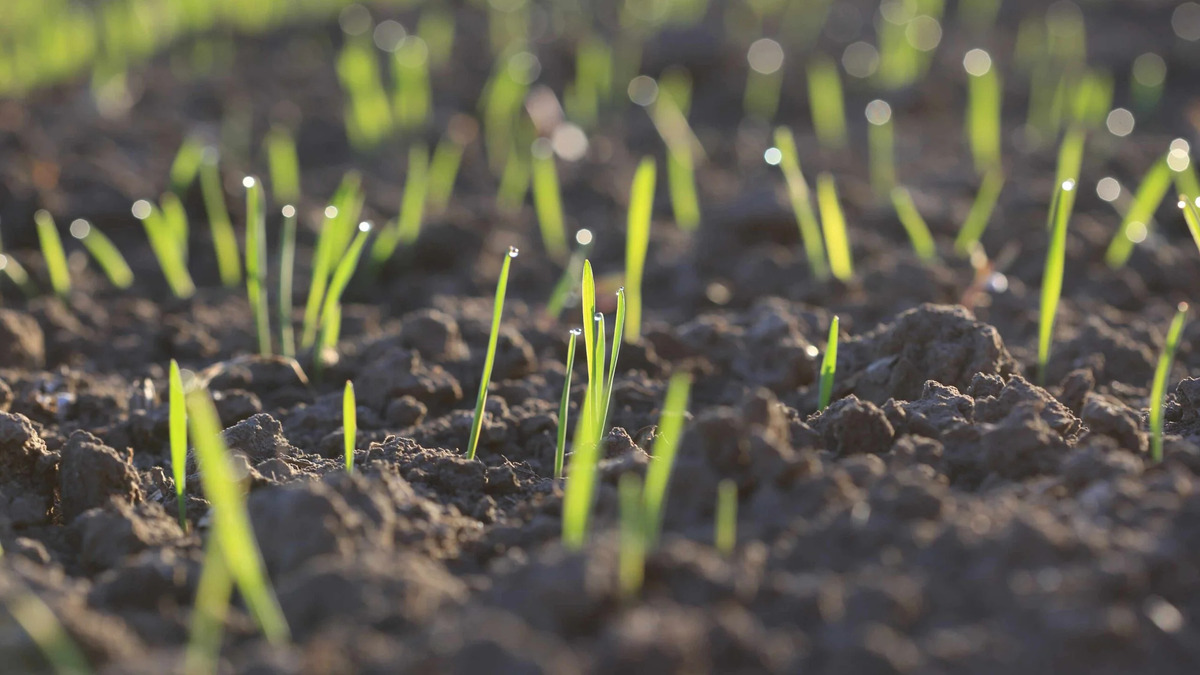
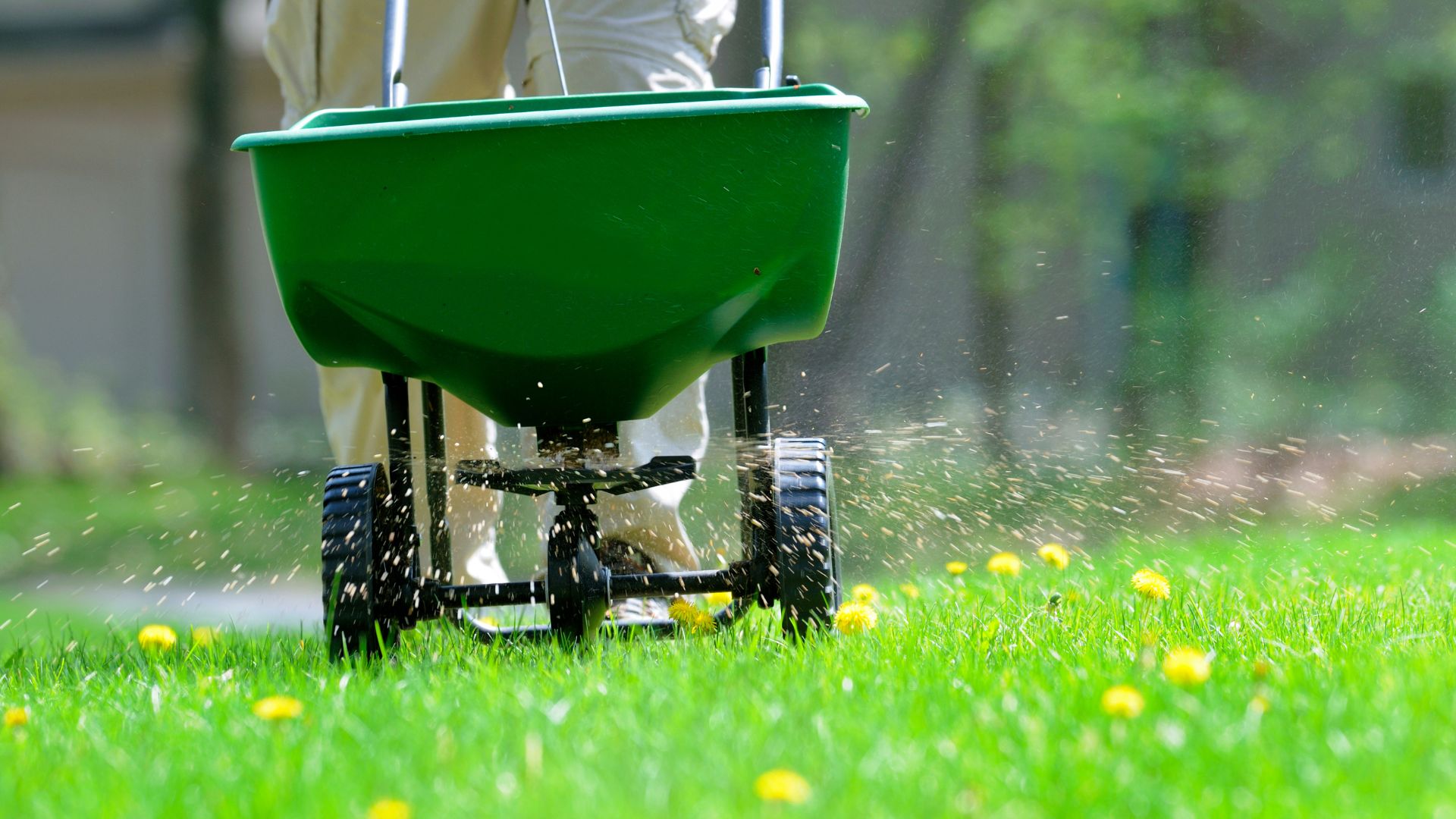
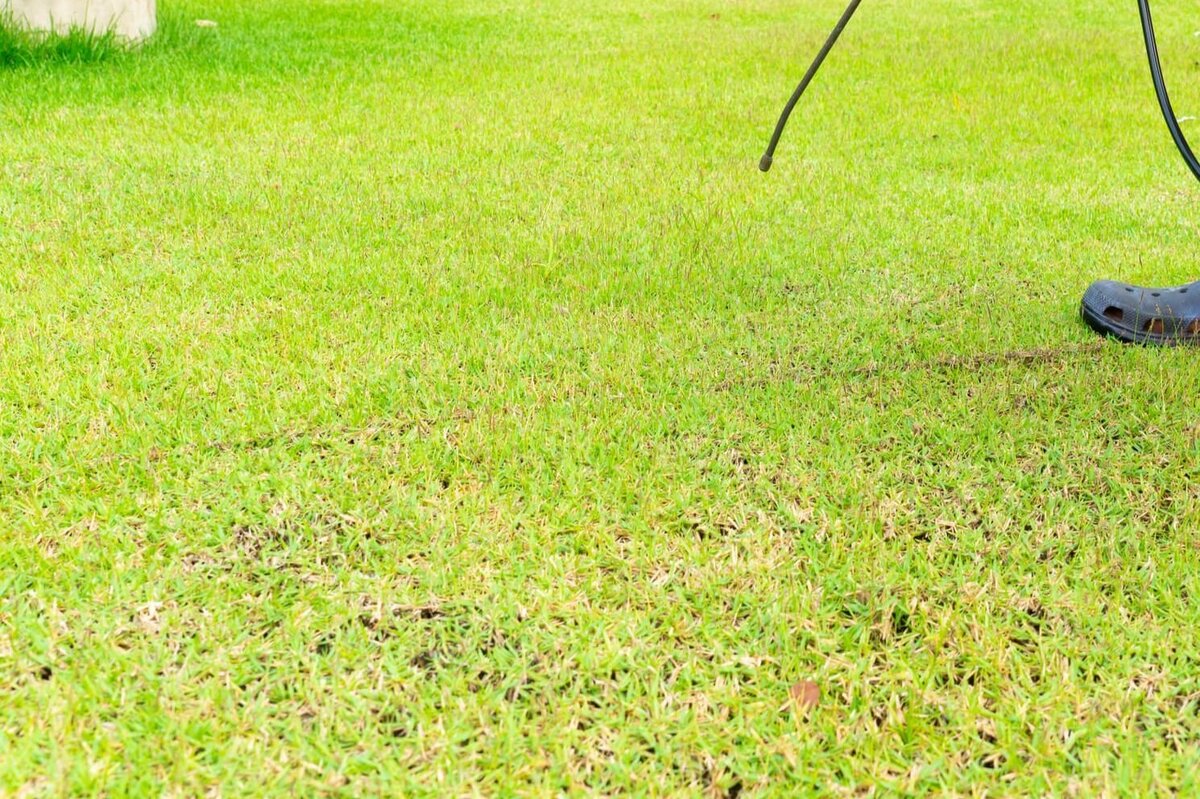
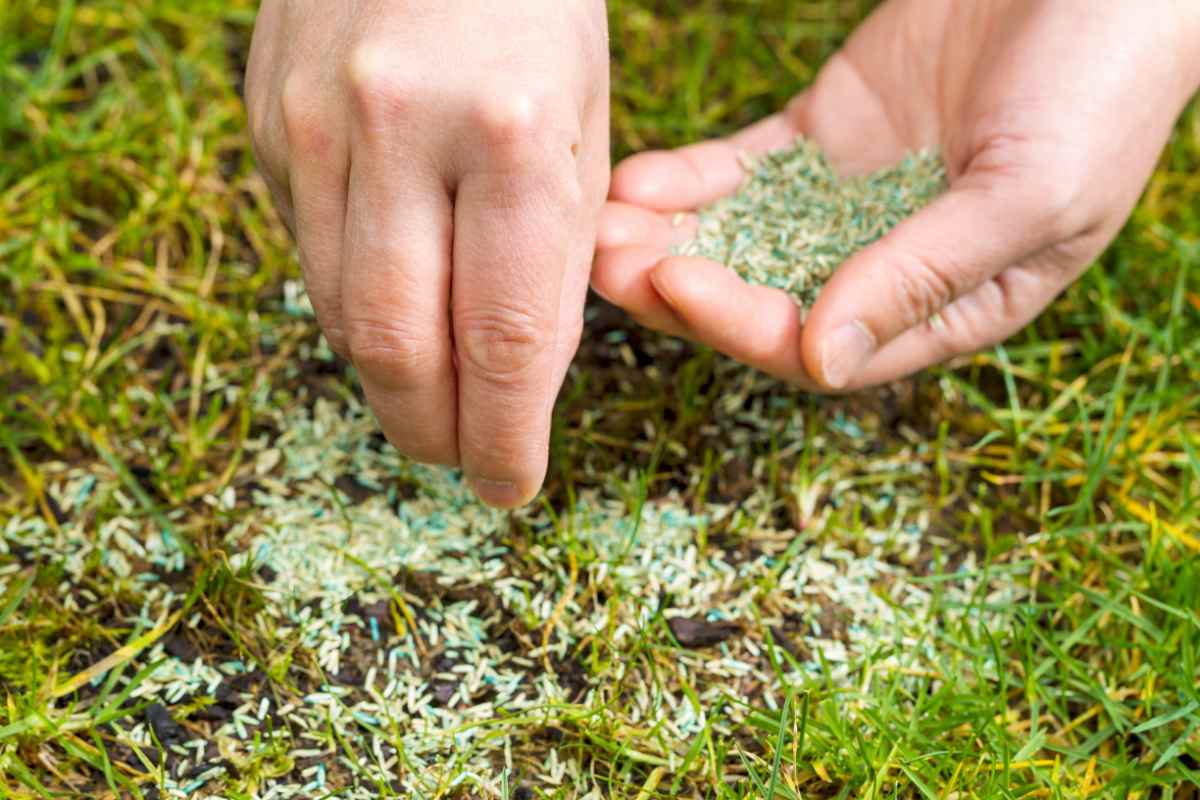

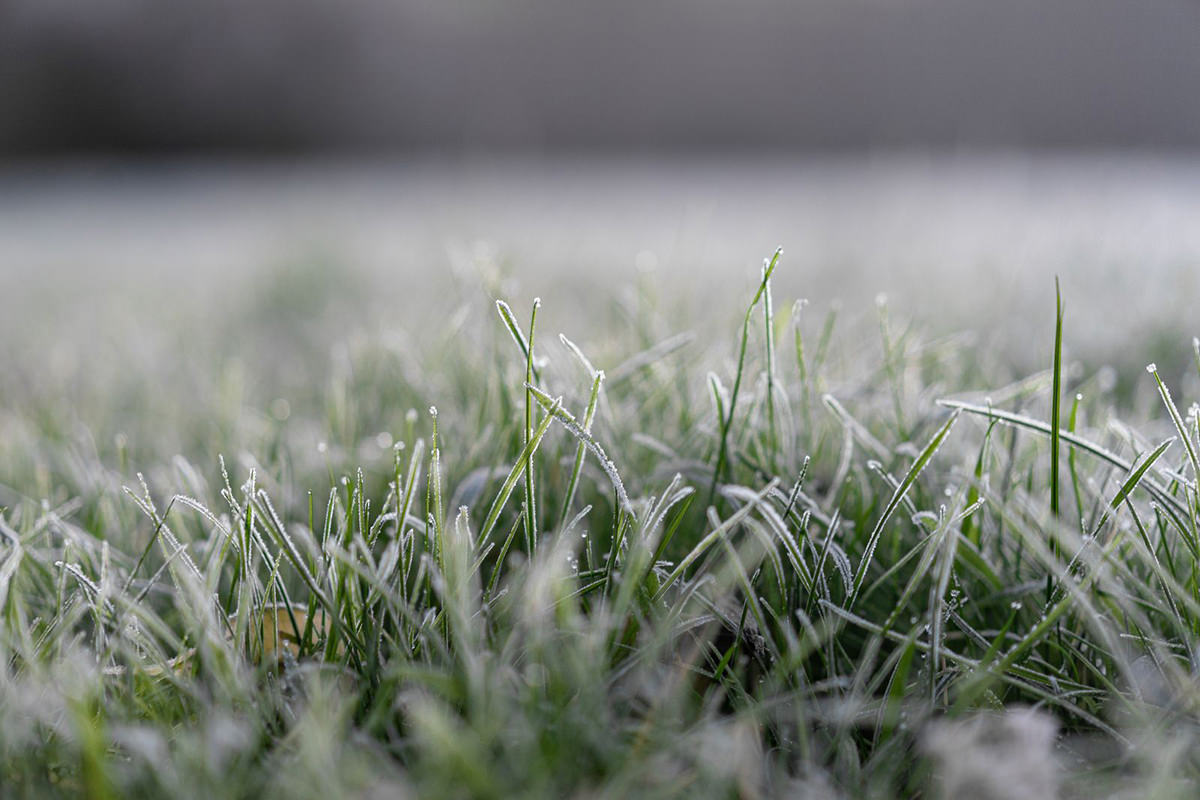

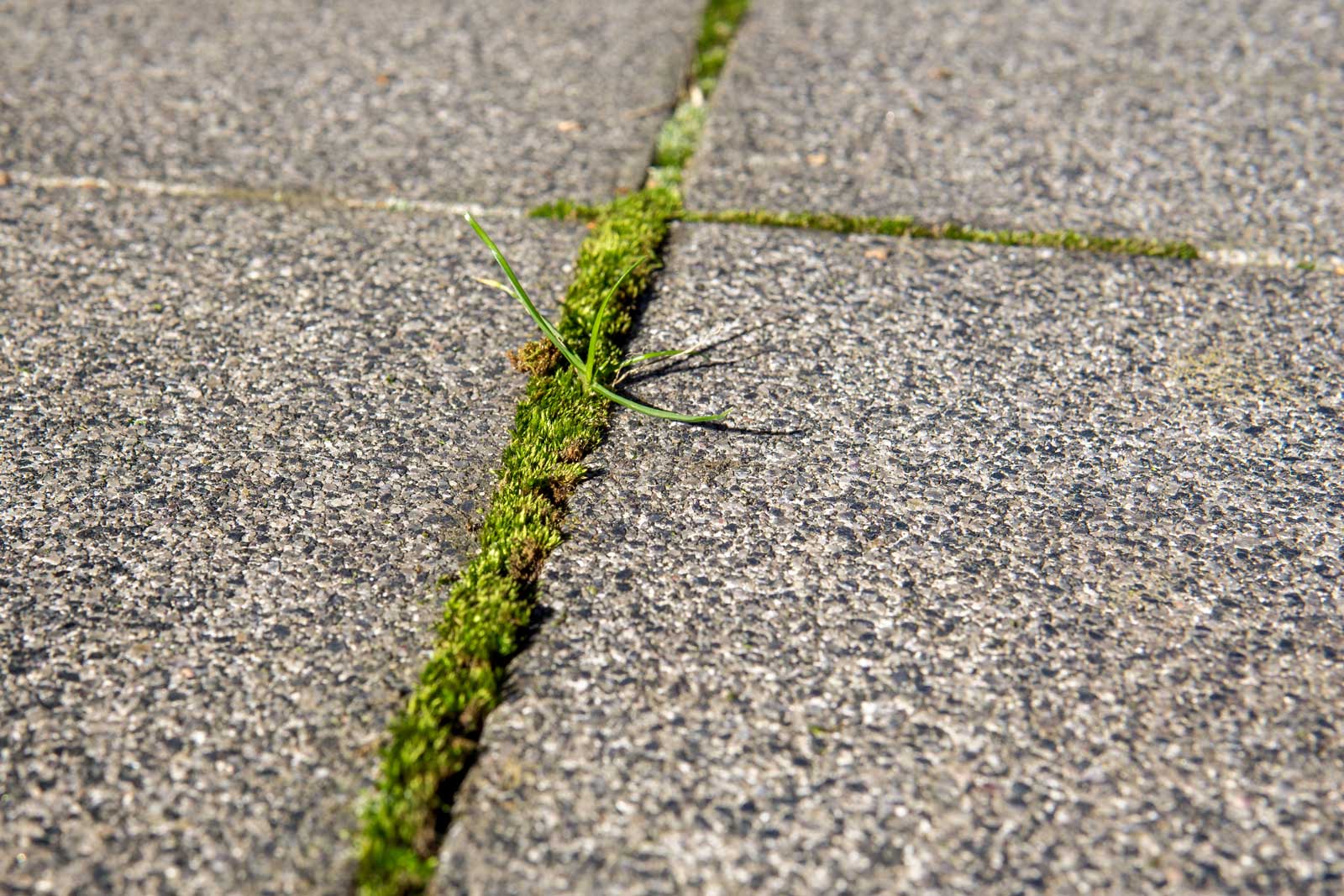

0 thoughts on “When To Remove Straw Netting From New Grass”